Research
Search our website
Search our website by entering a keyword or choose a database above to search specifically.
Search
Showing search results 4,581 - 4,590
14,669 results found
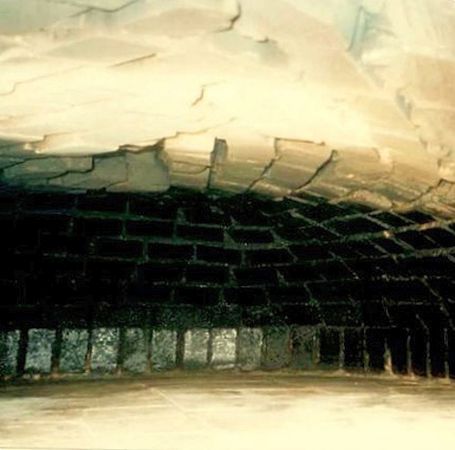
Berg 8, Voeren, Belgium
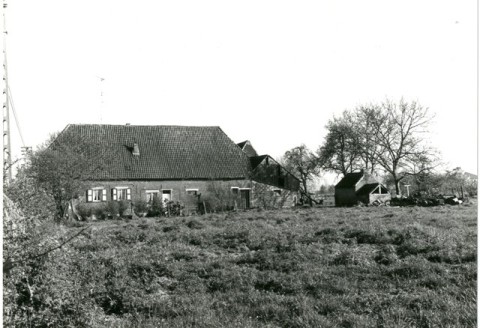
Benedenstraat 28, Grimbergen, Belgium

Benedestraat 28, Grimbergen, Belgium

Bellestraat 38, Heuvelland, Belgium

Benedestraat 273, Grimbergen, Belgium

Bellingstraat 2, Borgloon, Belgium

Bellestraat 44, Heuvelland, Belgium

Bellestraat 29, Alveringem, Belgium

Bellestraat 118, Ieper, Belgium
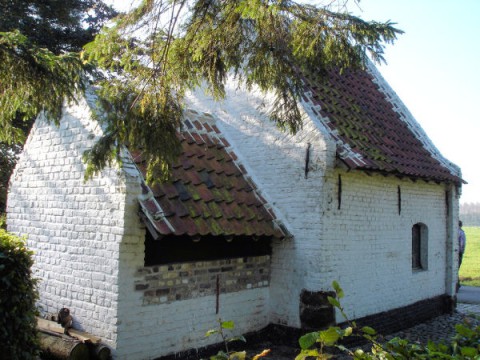
Bergestraat 101, Holsbeek, Belgium
